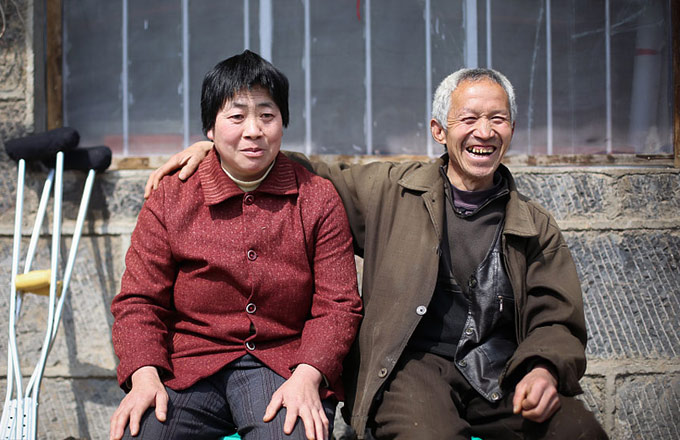Monitoring network to be further expanded
China's air quality monitoring network is to be expanded to cover a wider area, especially at the grassroots level, to facilitate scientific and effective control of airborne pollution.
By March, more than 5,000 monitoring stations had been built across the country. They are managed by the environmental monitoring authorities at four levels - State, provincial, city and county - according to Gong Zhengyu, head of the air quality department at the China National Environmental Monitoring Center.
The center operates 1,436 State-level monitoring stations nationwide, which ensures that the data collected are independent of local government oversight, thus preventing interference and guaranteeing accuracy and authenticity, he said.
The 5,000-plus monitoring stations test for six "criteria" airborne pollutants - PM2.5, PM10, sulfur dioxide, nitrogen dioxide, ozone and carbon monoxide - across different regions and locations.
For example, the 1,436 stations operated by the national monitoring center are urban assessment facilities. They monitor the criteria pollutants within a radius of 500 meters to 4 kilometers, in line with the 2013 trial Technical Regulation for the Selection of Ambient Air Quality Monitoring Stations.
Moreover, 96 regional assessment stations cover areas with radiuses of tens of km, while 16 background stations test within a radius of 100 km, in accordance with the regulation.
"In addition to the stations covering different radiuses and regions, special stations have also been set up to monitor sandstorms and greenhouse gases to form a comprehensive network," Gong said.
Many provinces plan to increase the number of monitoring stations, especially at county level, to gain a clearer picture of China's air quality.
The government of Zhengzhou, capital of Henan province, which has seen severe air pollution in recent months, plans to build 55 stations in major counties by the end of July. It has also established 195 small monitoring boxes in urban regions to improve the network.
A statement from the national monitoring center said China should accelerate the construction of monitoring stations and improve the network to enable them to track different types of pollutants.
Data has indicated a rise in concentrations of ground-level ozone in recent years, so the capacity to monitor ozone and its precursors, such as nitrogen oxides and volatile organic compounds, should be improved, the statement said.
Wang Qiao, head of the Satellite Environment Center at the Ministry of Environmental Protection, said satellites have been widely used to monitor air pollution, and data obtained by remote sensing could be correlated with the readings from ground stations to determine the scale and concentration of smog.

























